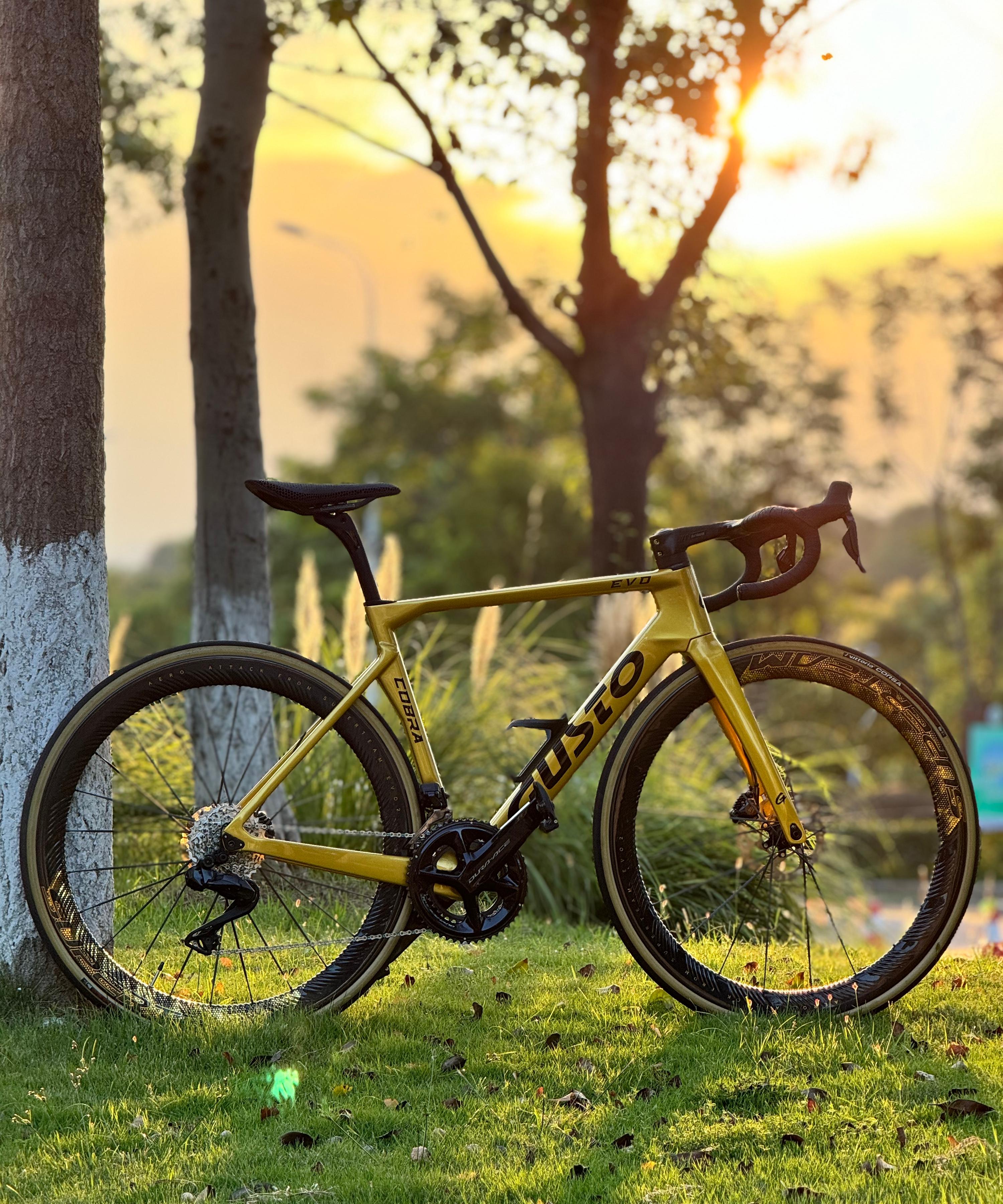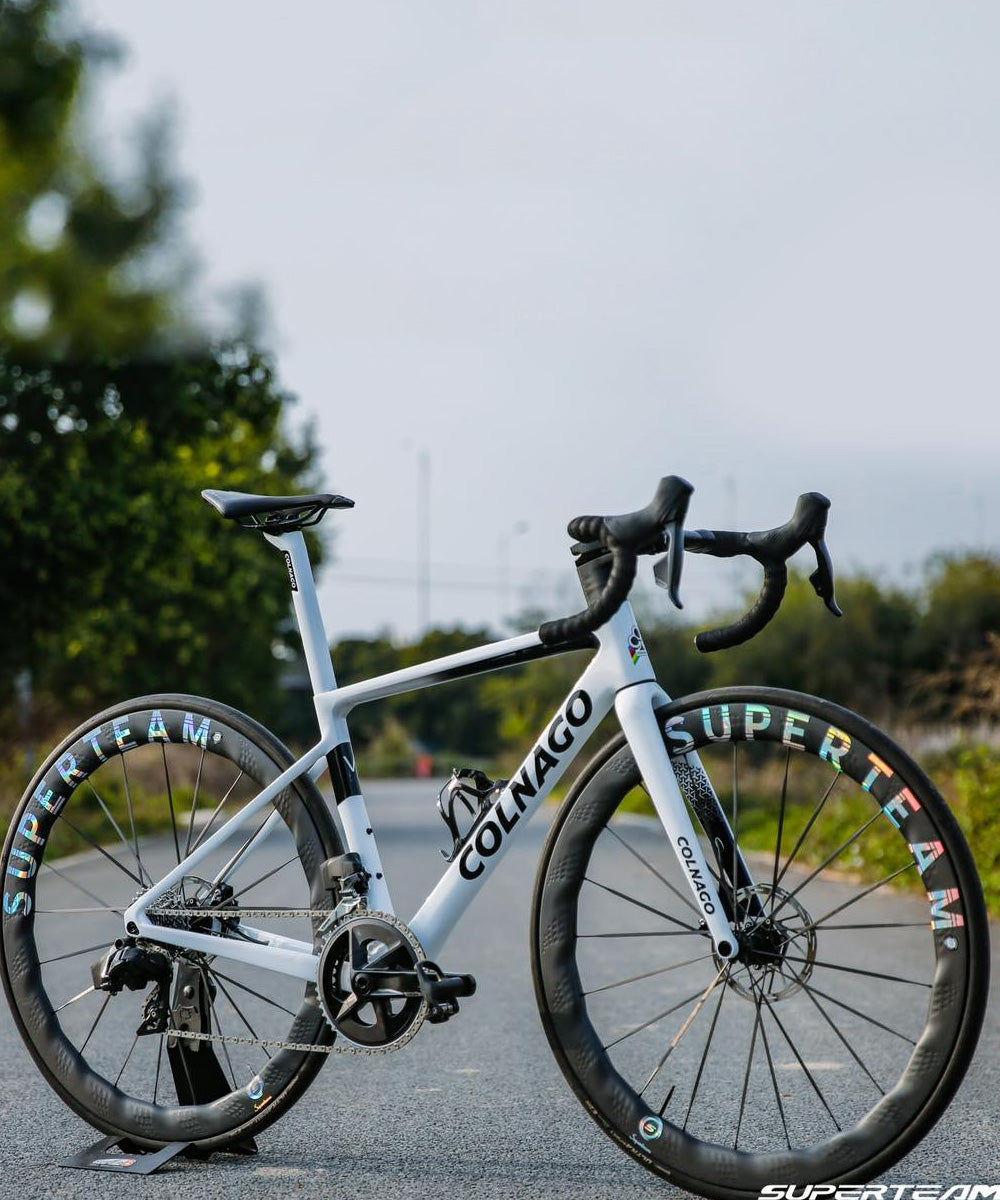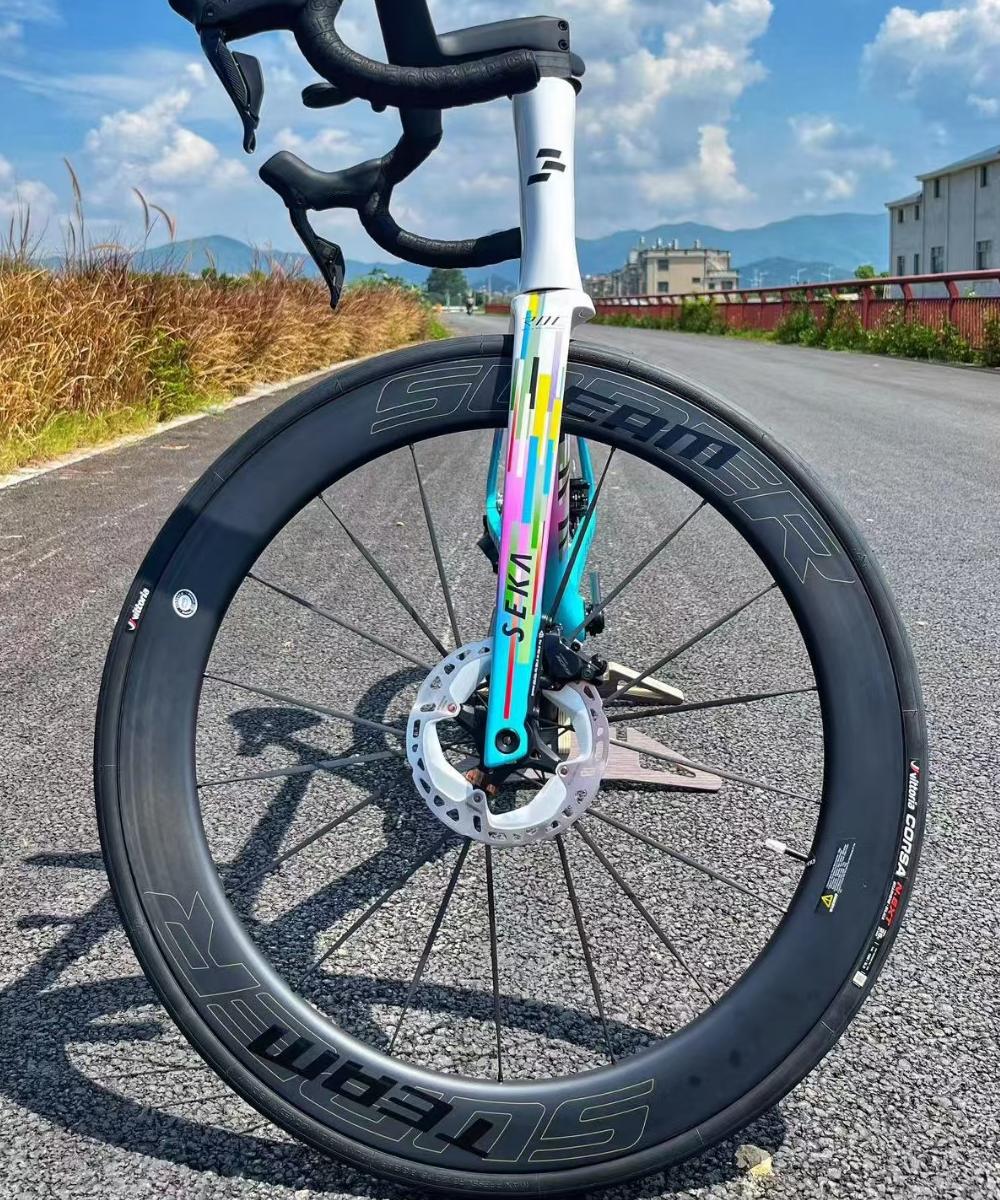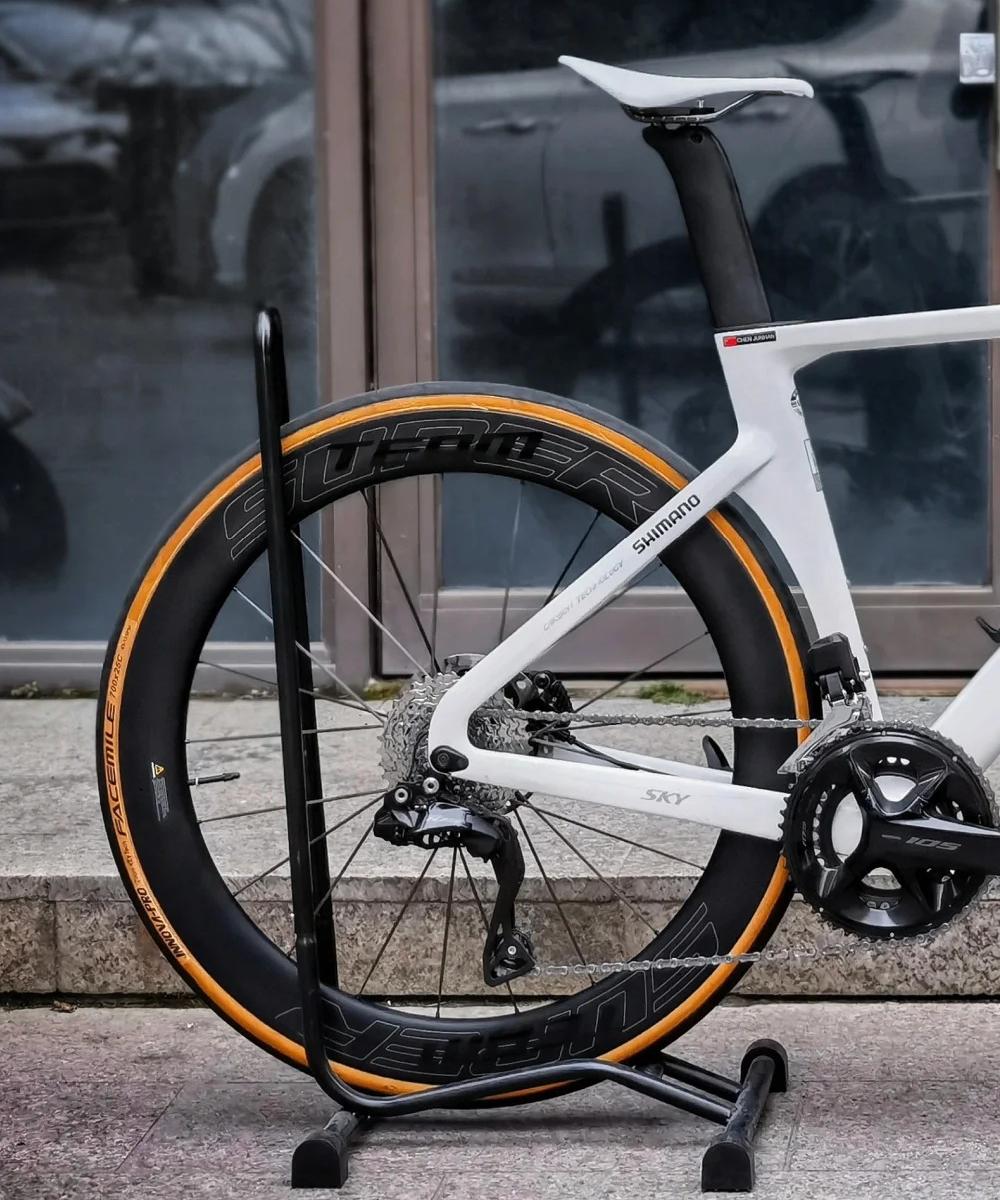Why Your Tubeless Tires Keep Burping and How to Stop It
Tubeless tires have revolutionized road, gravel, and mountain biking by offering lower rolling resistance, improved comfort, and fewer pinch flats. However, they also come with their quirks—and one of the most frustrating is burping. If you’ve ever heard that sudden hiss of air escaping when cornering hard or landing from a bump, you know the problem. Here’s why it happens and how to fix it.
What Is “Burping”?
Burping occurs when the tire bead momentarily loses its seal against the rim, allowing air—and sometimes sealant—to escape. Unlike a full blowout, this is usually a partial pressure loss, but repeated burping can leave you riding with dangerously low pressure or even cause a full tire failure.
Why Do Tubeless Tires Burp?
1. Low Tire Pressure
Running pressures that are too low can make the tire sidewall flex excessively during hard cornering or impacts, breaking the airtight seal.
2. Incompatible Tire and Rim Fit
Not all tubeless tires and rims are perfectly matched. A loose bead seat or poor tolerance can make it easier for the tire to unseat under load.
3. Worn or Damaged Bead
Over time, repeated installation or damage from tire levers can weaken the bead, reducing its ability to stay locked in place.
4. Aggressive Riding
Hard cornering, big hits, and technical trails can increase the chance of burping—especially for riders who push their equipment to the limit.
5. Insufficient Sealant or Improper Setup
Sealant helps maintain airtight integrity, but if it’s dried out or there wasn’t enough to begin with, the system becomes more vulnerable.
How to Prevent Burping
1. Run the Right Pressure
Use a reliable tire pressure gauge and stay within the recommended range for your tire and rim width.
Heavier riders and aggressive riders should err slightly higher.
Gravel and MTB riders often benefit from experimenting to find the sweet spot between comfort and security.
2. Ensure a Perfect Bead Seat
Inflate the tire to seat the bead fully—listen for the loud pops as it locks in place.
Use soapy water or tire sealant during installation to help the bead slide and seat evenly.
3. Use Quality, Compatible Components
Stick to tubeless-certified tires and rims that meet modern ETRTO standards for tubeless setups.
4. Refresh Sealant Regularly
Sealant dries out over time—check and top up every 2–3 months to maintain an airtight seal.
5. Consider Tire Inserts
Foam inserts (like CushCore) can add sidewall support, reducing bead flex under aggressive riding.
When to Replace the Tire
If the bead is visibly damaged, frayed, or the tire burps even at recommended pressures, it’s time for a new tire.
Final Thoughts
Burping isn’t just an annoyance—it’s a safety risk. By running proper pressures, ensuring a perfect setup, and keeping your components in good condition, you can ride tubeless with confidence and avoid those unexpected hisses mid-ride.




